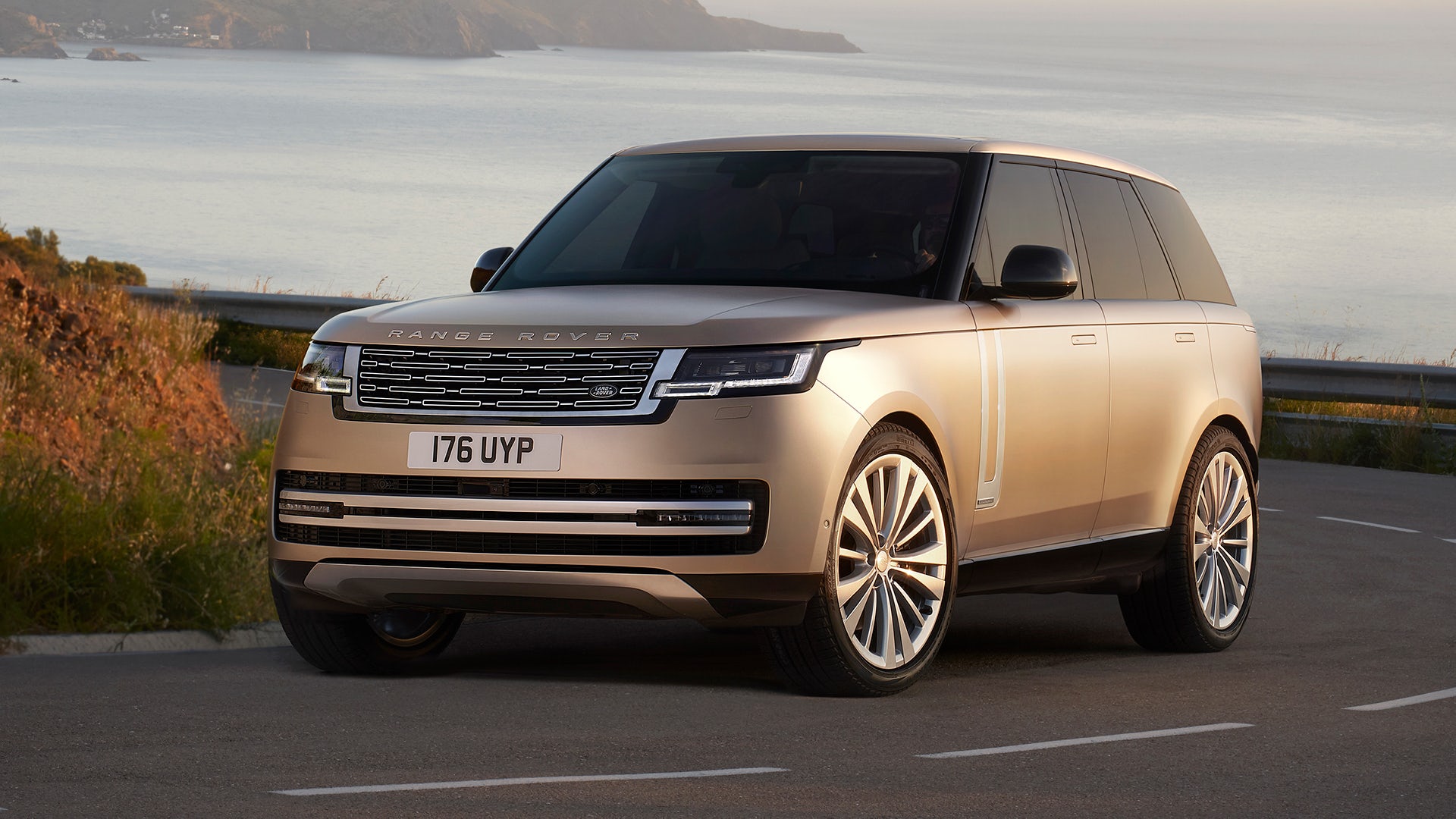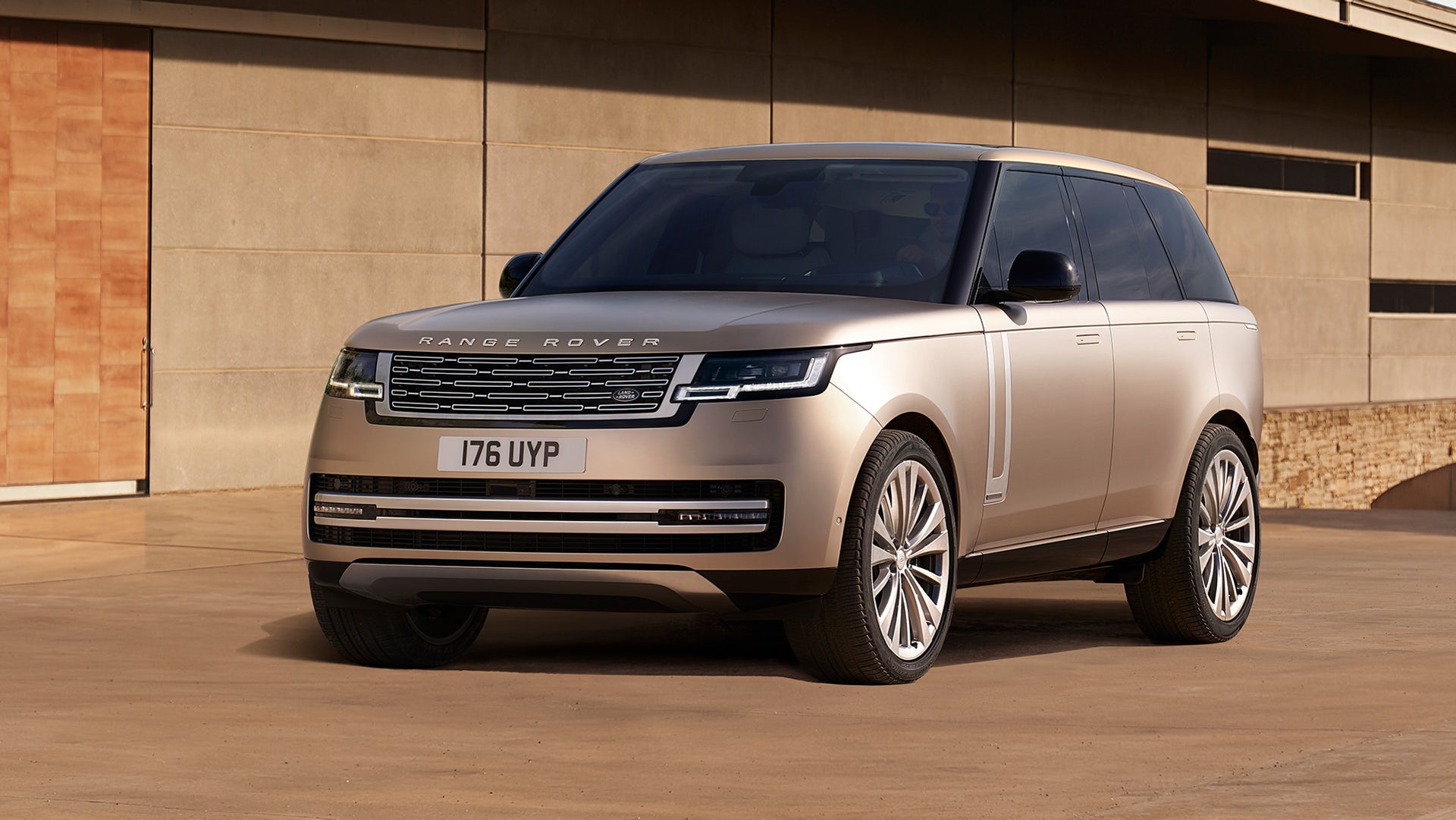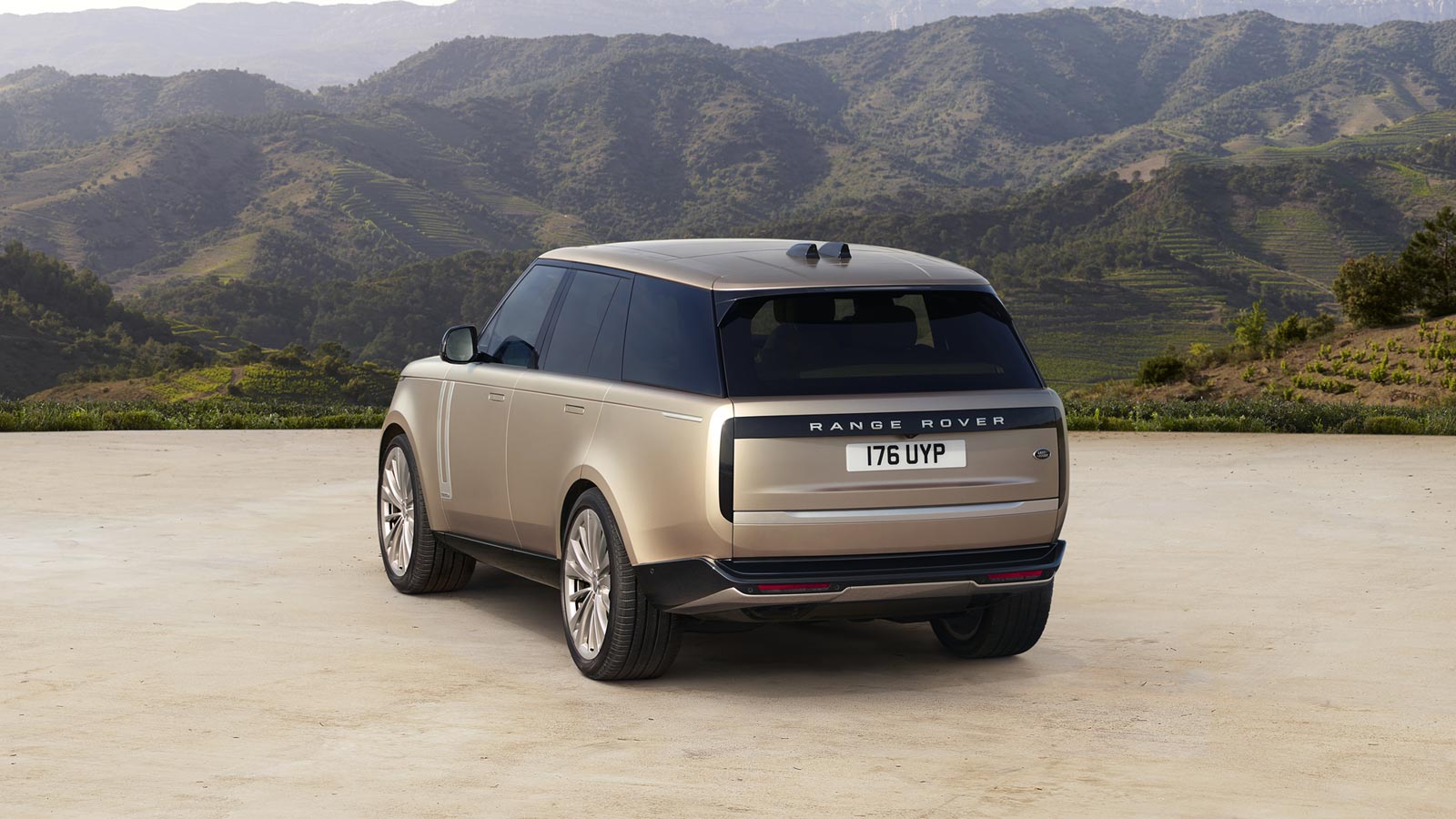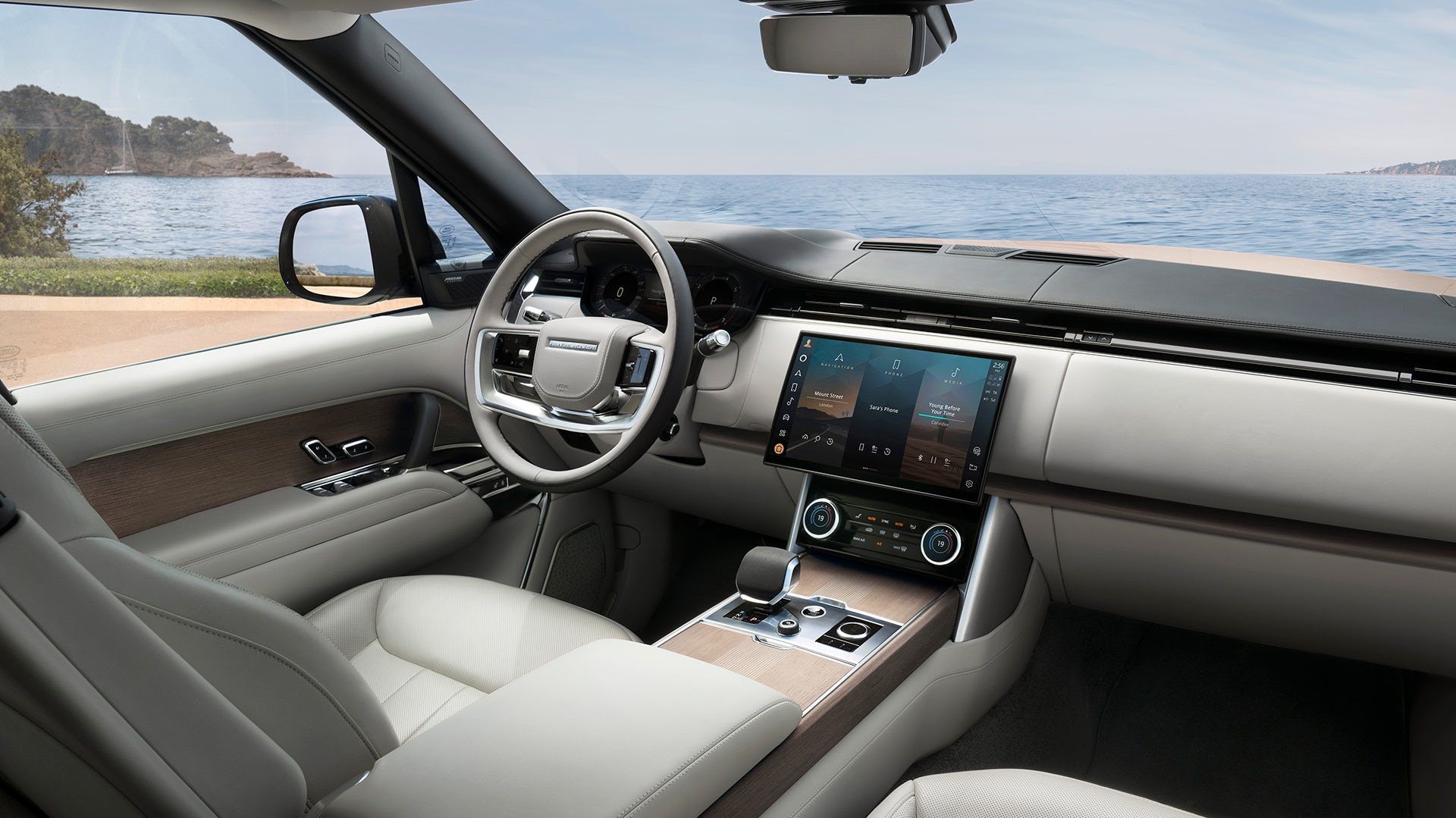Range Rover, the brand today owned by Jaguar Land Rover (JLR), a subsidiary of Tata Motors, is arguably the car industry’s ultimate luxury SUV. The now defunct British Leyland launched the Range Rover marque in 1970, and singlehandedly, created the very first luxury SUV. Since then, the four-wheel drive Range Rover has been often copied, but seldom bettered. And what’s even more amazing is that over its 50 years, this classic SUV is still only in its fourth generation of model upgrades.
The current generation of the Range Rover vehicle was launched in 2012 and is scheduled for replacement starting in 2022. Recently, Portfolio was given the opportunity to examine the new Fifth-Gen pre-production prototype in Seoul, South Korea. The debut was nothing short of amazing. The new car will now have an aluminum monocoque chassis that is rumored to have cost the company a billion pounds to develop. Monocoque, also called structural skin, is a mechanical system in which loads are supported by an object's external skin, rather than the wheels being bolted to a traditional frame and chassis.
And even though the new Range Rover is much bigger than the car it replaces, the new high-tech monocoque aluminum body is substantially lighter, which means it’s faster, more efficient, and better to drive.
While Range Rover may have been the first luxury SUV, it has faced a lot of competition from other lavish SUVs like the Lamborghini Urus, Bentley Bentayga, Porsche Cayenne, Mercedes GLE, Aston DBX, and BMW X7. Range Rover must compete with those cars on all levels, which is a tough act to follow. That’s why for the fifth generation, the company has taken a huge risk in the new vehicle’s design and construction, which is intended to leapfrog the competition, completely.
(Related: Not your ordinary SUV ride)
The new Range Rover is more dignified in its design, looks, and drivability than its closest competitors. The SUV seems to appear more like a concept car with its elegant curves and tapered panels than a vehicle made to tear up hillsides. Range Rover has even managed to do away with the traditional windowsill trim. Now, the panel seams around the doors and windows are laser welded for accuracy and flatness. They don’t require trim to cover up joints. You’ll also notice the way panels fit together, and the gaps between the doors are now incredibly small at just a few millimeters wide. These tight tolerances provide for less aerodynamic drag and help keep the cabin silent by eliminating the noise air causes when passing over gaps on the vehicle. A suite of innovative technologies contributes to the New Range Rover’s comfort and refinement. New third-generation Active Noise Cancellation technology delivers one of the quietest cabins on the road. The Range Rover actually has microphones on the outside of the vehicle and headrest speakers on the inside to create personal quiet zones for the cabin occupants – much like active noise cancelling headphones.
The car makes long distances seem smaller by moving you down the road with confidence and exuberance. It’s an elegant ride. And unlike its competition, the new Range Rover doesn’t pretend to be anything other than a full-on luxury SUV. The car is great for a large family but, there’s no seven-seat option. Still, the boot is huge (and even has a split tailgate, which is rare these days), and for five people it’s a wonderful way of getting about, with its large windows and a wonderful cabin experience. Range Rover does offer a long wheelbase version, but that’s a luxury option.
Range Rover will be offering six different powertrains to propel this beast, which will consist of two diesel (296 or 345bhp) and four petrol models. The P400 is a mild hybrid 3.0-litre. However, the P400e – a full plug-in hybrid will use a 2.0-litre four-cylinder petrol engine. Range Rover has also stated it will offer a fully electric model by 2024 in line with the company’s promise to go totally electric for all its vehicles in a few years. All combustion engine options are linked to an eight-speed automatic gearbox and all-wheel drive and steering with the surprisingly agile ‘Terrain Response’ technology that gives the Range Rover SUV its unrivaled off-road ability.
As for its drive, the Range Rover is easy to steer and controls its advanced body well through standard air suspension. In actual fact, this SUV drives and rides a placid, stately limousine.
While most owners won’t take this vehicle on a rough 4-wheel adventure, it’s nice to know that the vehicle is very competent off road. With a push of a button, you can put the Terrain Response II off-road software in auto, and you can cross rivers (up to 900mm deep), climb mountains, and traverse the most treacherous landscapes, all while listening to music via the car’s sound system.
Inside the new Range Rover you’ll find a sense of superiority and up market features. There’s also three-zone ambient lighting and various multimedia options (including a 1,700w 29-speaker Meridian stereo). It’s no secret that Land Rover’s Achilles heel has long been its infotainment system. However, since the 2018 facelift, things have gotten much better and the Touch Pro Duo system that debuted in the Range Rover Velar gives you two easy to navigate touch screens stacked one above the other. And it doesn't end there. Apart from being heavily loaded with creature comforts, there are ample integrated tech within the car that will help make life easier for you and your occupants on the road. Inside the car you’ll find a large 13.1-inch infotainment system, 13.7-inch Interactive Driver Display instrument cluster, and 11.4-inch adjustable high-definition touch screens at the rear seats.
Range Rover has managed to make one of the best luxury cars money can buy and remains a wonderfully appealing luxury vehicle. And after 50 years, you’d think the brand was a bit long in the tooth, especially with only four generations. There’s such charm about the Range Rover with its unique luxury and refinement... there’s still nothing really quite like it. It’s an old school performer, but thanks to the new fifth generation, it looks like this brand still has lots of longevity in it. The price for the basic model will come in somewhere around S$890K. Still, it’s not a heavy price when you consider the Queen of England drives a Range Rover.














 Back
Back
